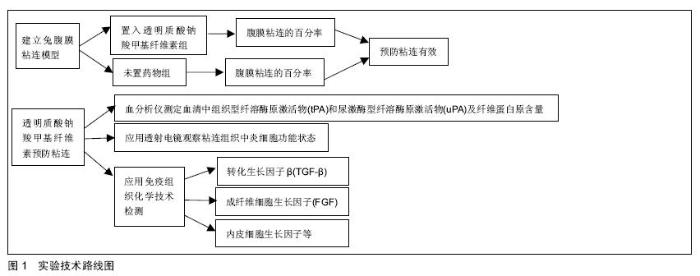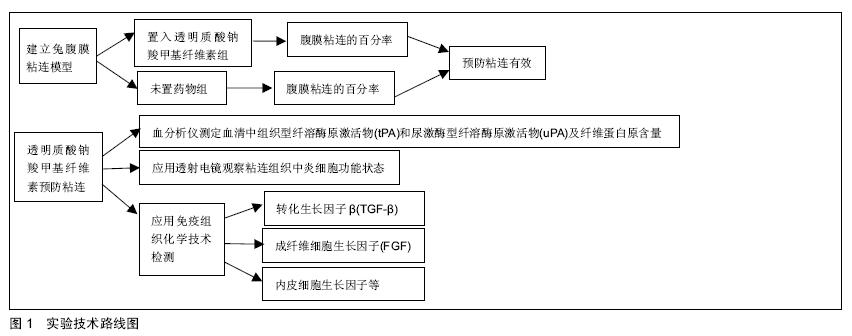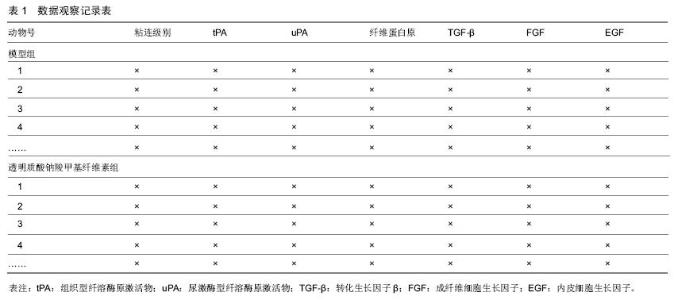Chinese Journal of Tissue Engineering Research ›› 2016, Vol. 20 ›› Issue (3): 418-422.doi: 10.3969/j.issn.2095-4344.2016.03.021
Previous Articles Next Articles
Optimal dose and mechanism of sodium hyaluronate/carboxymethylcellulose for prevention of postoperative peritoneal adhesions: study protocol for a randomized controlled trial
Wu Zhi-min1, 2, Cui Hong-li2 , Liu Guo-hui3
- 1Center for Gastrointestinal Cancer, Beijing Cancer Hospital, Beijing Institute for Cancer Research, Beijing 100142, China; 2Department of General Surgery, Beijing Chuiyangliu Hospital, Beijing 100022, China;3Department of Emergency Surgery, the First Hospital of Jilin University, Changchun 130021, Jilin Province, China



